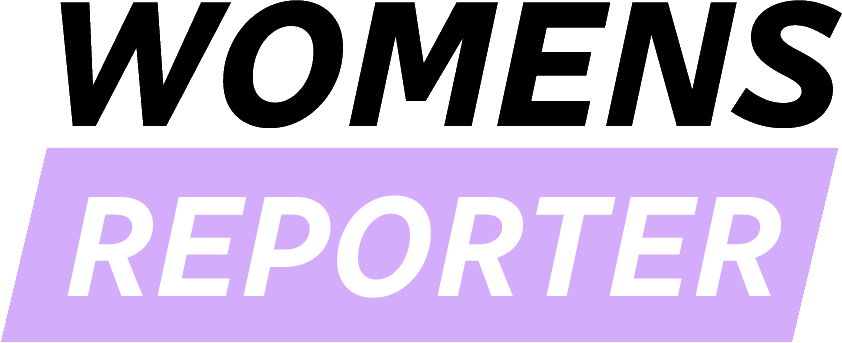Introduction to Gender Equity in Business
Gender equity in the business world has become a significant topic of discussion and action over the past several years. In recent times, especially as we move through 2024, the conversation around this issue has intensified. Organizations are being urged to reexamine their policies, practices, and workplace cultures to create an environment where individuals of all genders can thrive equally. Despite notable advancements, the reality remains that the journey towards true gender equity is fraught with both encouraging developments and persistent challenges.
Recent Progress in Gender Equity Initiatives
In the last few years, numerous businesses have adopted more inclusive hiring practices and have worked towards closing gender pay gaps. Legislative measures, such as pay transparency laws, have been enacted in various regions, forcing companies to disclose their salary structures. This has encouraged organizations to assess and rectify unequal pay based on gender. Additionally, many companies are actively promoting women into leadership roles, leading to an increase in female representation in decision-making positions. These strides represent a growing acknowledgment of the value diverse perspectives bring to business success.
Challenges Persisting in Gender Representation
While there is progress, significant challenges still exist within corporate structures. The representation of women in senior leadership roles, for instance, is still disproportionately low. According to recent studies, although the number of women in entry-level positions has increased, the progression into higher management roles is much slower. The ‘glass ceiling’ phenomenon continues to be a barrier, limiting opportunities for women despite their qualifications and performance. As women navigate their careers, they often encounter biases that impede their chances for advancement, such as assumptions about their commitment, especially those who are also caregivers.
The Role of Work Culture in Gender Equity
The work culture of organizations plays a crucial role in fostering or hindering gender equity. A culture that values open conversations about diversity and inclusion often sees a more engaged and productive workforce. However, workplace cultures can sometimes perpetuate outdated norms and unconscious biases, making it difficult for employees, particularly women, to express their needs or ambitions. Programs aimed at raising awareness about such biases are beneficial, yet they must be followed by actionable commitments from leadership to create lasting change.
Impact of Remote Work on Gender Dynamics
The rise of remote work, accelerated by the pandemic, introduced both opportunities and challenges regarding gender equity in the workplace. On one hand, flexible work arrangements have enabled many women to balance professional responsibilities with personal ones, particularly those juggling caregiving roles. On the other hand, remote work can also exacerbate feelings of isolation and lack of visibility, which may hinder career progression. Organizations that implement hybrid work models must be mindful of these dynamics and actively support inclusivity in a virtual setting.
Intersectionality and Its Importance
Understanding gender equity also requires an intersectional lens that takes into account race, ethnicity, disability, and other identities that influence experiences in the workplace. Women of color, for example, often face compounded challenges, making it essential for companies to not only focus on gender but also on how other aspects of identity affect workplace equity. Programs designed to uplift underrepresented groups can foster a more equitable environment. Therefore, organizations are increasingly recognizing the necessity of developing holistic strategies that encompass all facets of diversity.
Looking Ahead: Building a Sustainable Future for Gender Equity
The path to achieving gender equity in business is not straightforward, but creating sustainable change is attainable through concerted effort and commitment from organizations and individuals alike. It requires more than just well-crafted policies; organizations must foster an environment of accountability where diversity goals are not merely symbolic but actively pursued. Ongoing education, mentorship programs, and transparent communication are critical components that can help sustain momentum towards meaningful gender equity in the workplace.
Conclusion
As we progress through 2024, the fight for gender equity in business remains a dynamic and complex issue. While strides have been made in hiring practices, pay equity, and representation, challenges persist alongside these advancements. By addressing workplace culture, understanding intersectionality, and maintaining a commitment to continuous improvement, businesses can play a pivotal role in ensuring that gender equity becomes a standard rather than an aspiration. The journey is ongoing, but every step taken contributes to a more balanced and just workplace for all.
FAQs
What is gender equity in the workplace?
Gender equity in the workplace refers to the fair treatment, opportunities, and experiences of individuals of all genders, ensuring that everyone has equal access to career advancement, pay, and resources.
What are some common barriers to achieving gender equity?
Common barriers include the glass ceiling effect, unconscious biases, workplace culture that lacks inclusivity, and societal expectations or norms regarding gender roles and responsibilities.
How can companies promote gender equity?
Companies can promote gender equity by implementing diverse hiring practices, promoting pay transparency, establishing mentorship programs, ensuring representation in leadership, and fostering a workplace culture that values diversity and inclusion.
What role does intersectionality play in gender equity?
Intersectionality recognizes that individuals may experience overlapping forms of discrimination based on various identity aspects, such as race, ethnicity, and socio-economic status. Understanding intersectionality helps organizations develop more effective strategies for achieving equitable outcomes for all employees.
What is the impact of remote work on gender equity?
Remote work can offer flexibility that aids in balancing professional and personal responsibilities, particularly for women. However, it can also lead to isolation and reduced visibility in the workplace, making it vital for organizations to create inclusive remote work environments.
